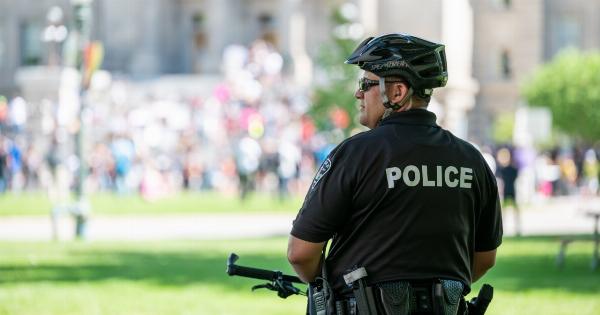Panic and anxiety can strike at any time and can be a frightening experience. The symptoms can come on suddenly and can be overwhelming, making it difficult for the person experiencing them to function normally.
Recognizing the signs of a panic or anxiety crisis can help you take the necessary steps to get help and manage your symptoms.
What is a Panic Attack?
A panic attack is a sudden and intense episode of fear and anxiety that comes on quickly and reaches its peak within minutes.
The symptoms can be very intense and include physical sensations such as chest pain, sweating, shortness of breath, and heart palpitations. Panic attacks can occur unexpectedly or be triggered by a particular situation or object.
Symptoms and Signs of a Panic Attack
There are a number of symptoms and signs that can indicate the onset of a panic attack. These include:.
- Racing heart
- Sweating and/or chills
- Trembling or shaking
- Shortness of breath or a feeling of being smothered
- Feeling dizzy, lightheaded, or faint
- Nausea or abdominal distress
- Chest pain or discomfort
- Feeling like you are losing control or going crazy
- Feeling detached or unreal
- Tingling sensations or numbness
If you are experiencing one or more of these symptoms, it could be a sign that you are having a panic attack.
Anxiety Symptoms and Signs
Anxiety can also produce a range of symptoms that can include both physical and psychological symptoms. Some common anxiety symptoms include:.
- Excessive worrying
- Restlessness or feeling keyed up or on edge
- Fatigue or tiredness
- Irritability or mood swings
- Trouble sleeping or insomnia
- Difficulty concentrating or focusing
- Muscle tension or tightness
- Headaches or migraines
- Stomach problems or digestive issues
- Changes in appetite or weight
If you are experiencing any of these symptoms on a regular basis, it could be a sign that you are dealing with an anxiety disorder.
What to Do in A Panic or Anxiety Crisis
When you are experiencing a panic or anxiety crisis, it is crucial to take action to manage your symptoms and get the help you need. Here are some strategies that can help:.
1. Breathe
Focus on your breathing and try to take slow, deep breaths. This can help to calm your body and reduce the severity of your symptoms.
2. Practice Mindfulness
Try to focus on the present moment and stay focused on your thoughts and feelings. Mindfulness techniques like meditation and deep breathing can be helpful in managing your symptoms.
3. Use Coping Statements
Practice positive self-talk and use coping statements to help you stay calm and centered. For example, you might say to yourself: “This feeling will pass” or “I am in control of my thoughts and feelings.”.
4. Seek Help
If your symptoms are severe or interfering with your daily life, it is important to seek help from a mental health professional. This can include therapy, medication, or both.
5. Reach Out to Friends and Family
Don’t be afraid to reach out to friends and family members for support. It can be helpful to talk about what you are experiencing and to get advice and guidance from those who care about you.
6. Stay Active and Engaged
Try to stay active and engaged in your life, even if your symptoms are preventing you from doing things you normally enjoy. This can help to take your mind off your symptoms and minimize their impact on your daily life.
Conclusion
Panic and anxiety can be extremely distressing, but it is important to remember that help is available.
By recognizing the signs of a panic or anxiety crisis and taking steps to manage your symptoms, you can take control of your mental health and live a full and healthy life.





























